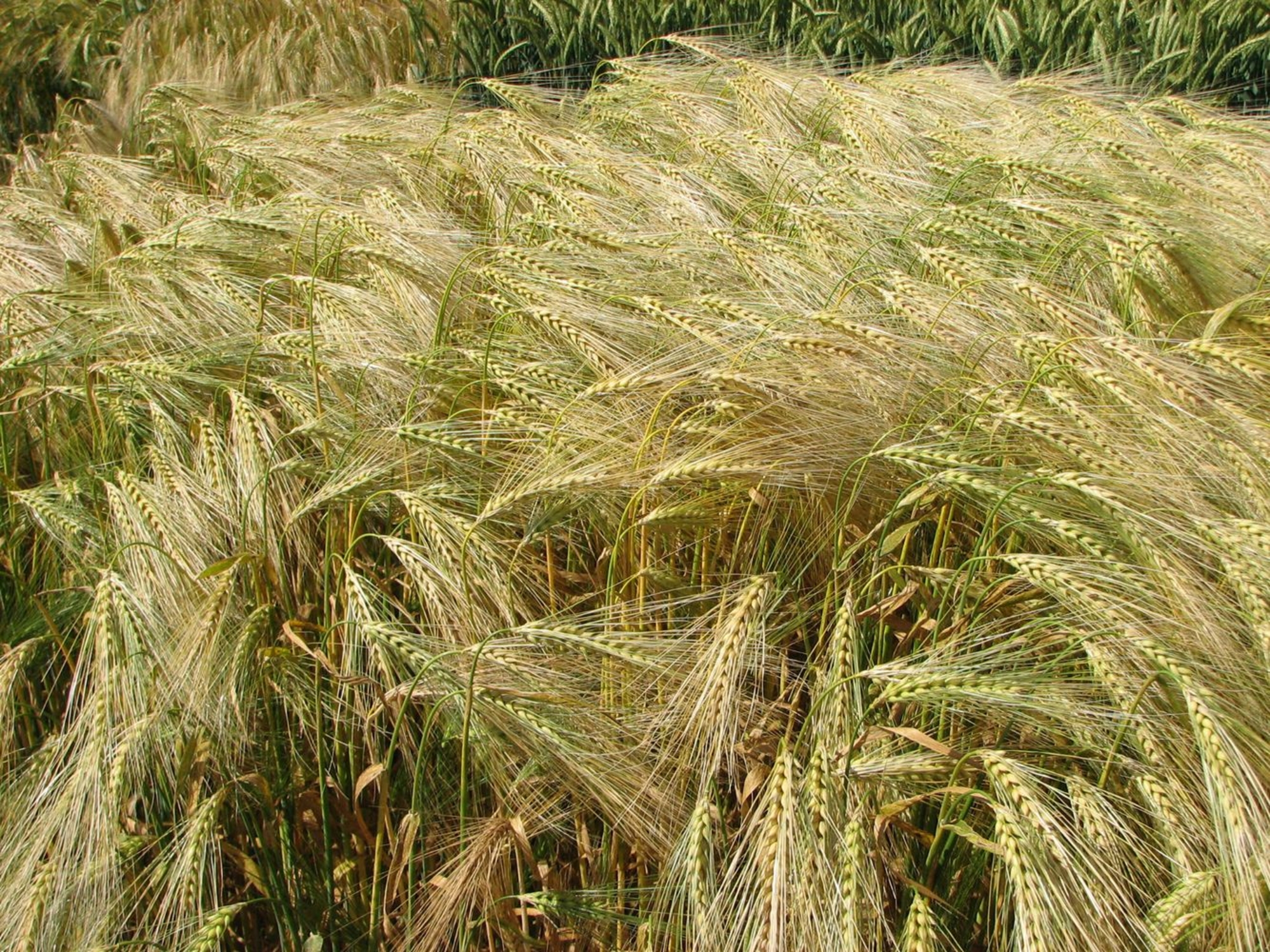
- Home
- Daily life
- Men and animals
Over two hundred thousand bones testify to the involvement of animals in the daily life of the Gauls of Acy-Romance. Livestock farming was a major economic activity, with evidence that animals were used for producing milk and wool and for providing energy for haulage, riding or carrying goods. Just as important, but leaving almost no trace, are the products (manure for crops) or services (waste management, guarding) that some animals could also provide. But the usage which has left the most traces, in the form of culinary waste, is the provision of meat and fat. The contents of domestic waste pits reveal marked differences as regards meat in the diet, some inhabitants enjoying quality cuts while others had to make do with second-rate scraps. Meat was eaten in the home and also at banquets, funerals and other important occasions. Compared with farming, hunting was a very secondary source of meat in the diet and seems to have been motivated by other concerns, such as the elimination of predators (wolves, otters), or as a source of fur or trophies. Fishing, in contrast, does seem to have been important.




